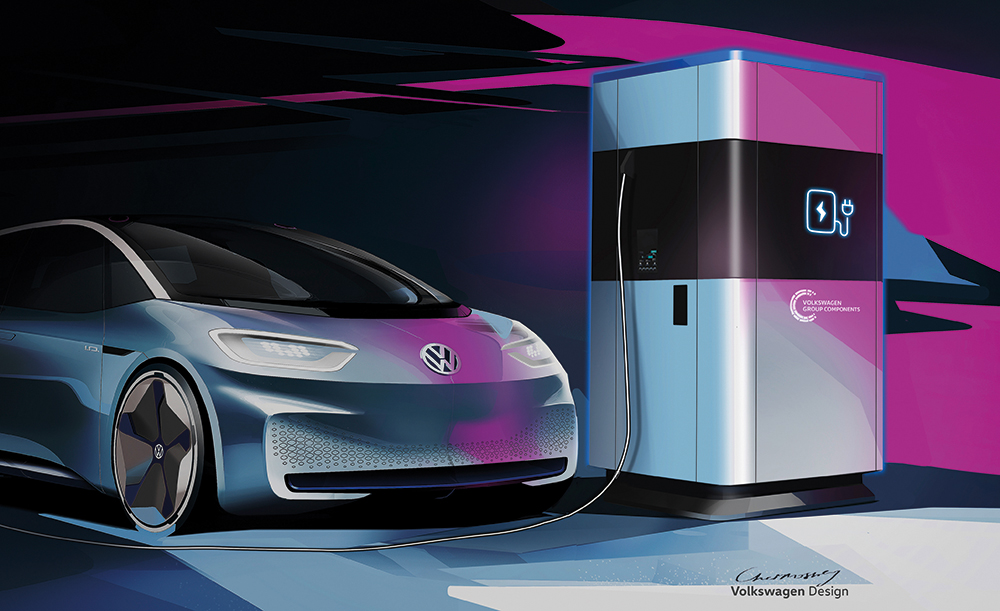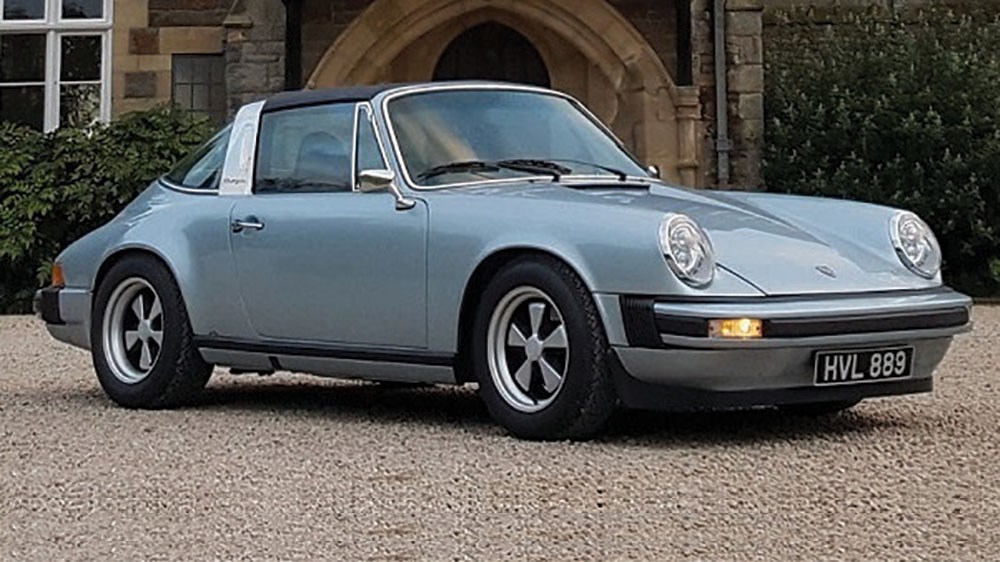 By RICHARD THOMAS
By RICHARD THOMAS
APART from range anxiety, the main reservation about electric vehicles (EVs) has been the question of whether they are actually “greener” than conventional cars.
New research has cleared that up, at least in terms of lifetime CO2 emissions. A joint study from the universities of Exeter and Cambridge in the UK and Nijmegen in The Netherlands has concluded that – taking into account emissions generated by the manufacturing process – electric cars emit less over their lifetime than their petrol or diesel equivalents. In countries where most electricity comes from low-carbon sources (renewables or nuclear), such as Sweden or France, lifetime emissions are 70 percent lower.
The bad news is that coal is still the world’s biggest source of electricity, and in countries with coal-powered generation, the environmental justification for EVs is flawed.

There is some compensation to be had from a report by Carbon Tracker. This body researches the impact of energy on financial markets, and has concluded that the costs of wind and solar electricity generation are now lower than coal. Within 10 years, it is projected that it will be cost-effective to demolish coal-fired power stations and replace them with wind or solar.
***
The vital link in the chain between generation and getting that power onto the road is the battery. The capacity of the battery and its weight (which in combination are measured as its energy density) affect range and performance. Advances in battery technology, such as the Li-S (lithium sulphur) batteries covered in the EV News column last Autumn, are making headlines. But despite the size of the market, Europe is lagging behind Asia in terms of production.

A Slovakian company, InoBat Auto, is hoping to help Europe catch up. It has just secured funding to build an R&D centre to support its planned 10GWh “Gigafactory”, predicted to produce enough batteries for 240,000 electric cars per year by 2024. Company co-founder Marian Bocek said the InoBat technology would also significantly reduce charging time and enhance battery life.
On the subject of batteries, another cause for concern is what happens to them when they need to be replaced. Spanish newspaper El País recently reported on the many and varied uses that have now been found for your EV’s old power packs. They need no longer be destined for the scrapyard. EV batteries would generally be replaced when their capacity has reduced to 70 percent – but they are still suitable for electricity storage for the home.
Volkswagen is developing mobile chargers for use in car parks, and again, pre-used batteries are up to the task. They can be joined together to make high capacity mobile storage units to replace petrol-powered generators for events or festivals — or in even bigger clusters they provide grid-based storage of renewable power. When they can no longer function, the scrapyard awaits. However, rather than being crushed, cubed and dumped, they will be “mined” as a source of lithium, cobalt, sulphur and other minerals.
***
Autonomous vehicle development goes hand-in-hand with that of EVs. Australian EV news website The Driven recently covered Tesla’s advances towards getting fully self-driving (FSD) “robo-taxis” on the road this year. A major step forward is the recently announced capacity of an FSD-equipped Tesla Model 3 to recognise (and stop at) red traffic lights and stop signs.

As governments legislate against new petrol or diesel cars over coming decades, it is likely that filling stations will gradually be replaced by charging stations. It’s easy to assume that lovers of old classic cars will be left out of the EV revolution, but that isn’t necessarily so. Electric Classic Cars, a company based in Wales, can convert your classic car to electric power, supply the parts for you to do it yourself, or source an old classic and convert it for you. Petrolheads might find the idea horrifying, but in a world trying to lower CO2 emissions it’s comforting to know that the elegant fins and chrome of yesteryear won’t necessarily be consigned to the scrapheap.




























